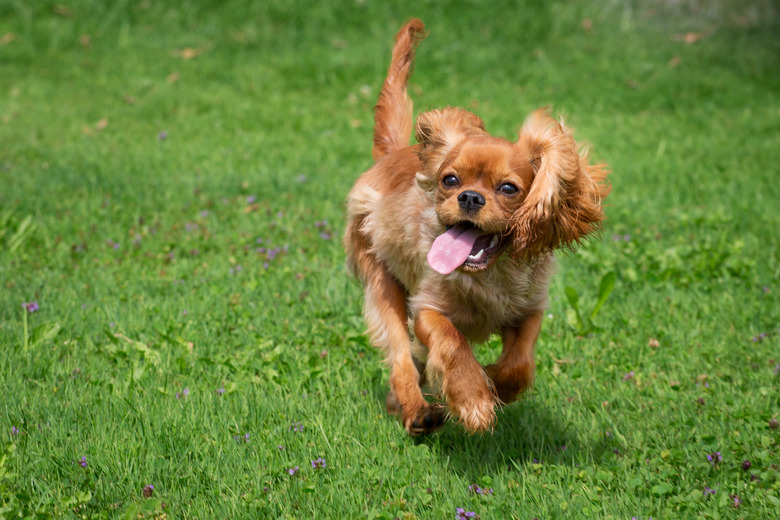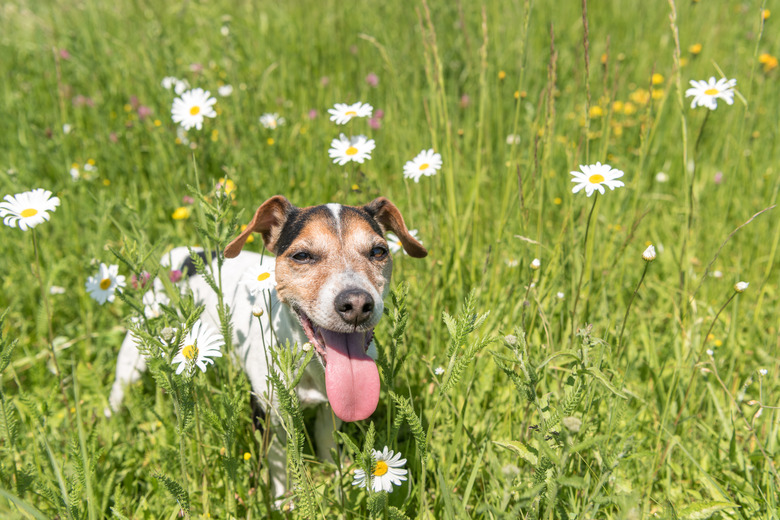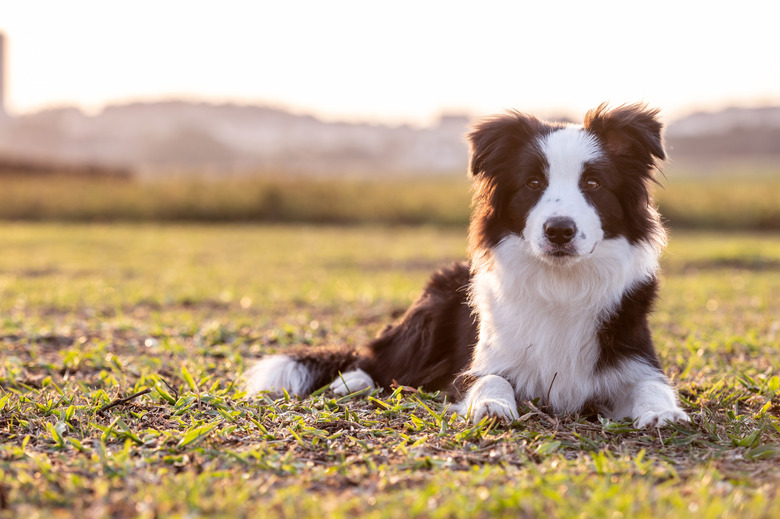Do Dogs Sweat?
Any dog owner knows that those hot summer days can be stressful for our dogs. While some dogs love the heat, it's important to make sure we're doing all we can to cool them off in hot weather. It's vital that dog owners help out their pups. Though is there anything that a dog's body naturally does to help them cool off during a heat wave like sweating? Do dogs sweat? Let's find out!
Do dogs sweat?
Do dogs sweat?
While you may not know it or actually be able to see it, dogs do sweat. However, unlike humans, dogs only produce sweat in certain parts of their bodies. They produce sweat through two types of sweat glands: merocrine glands and apocrine glands.
Merocrine sweat glands function like human sweat glands. On your dog, they are located on the dog's paw pads and begin to work when they are hot to cool them down. This is why you might have noticed dampness on your dog's paw pads on particularly hot days.
Apocrine glands are the other major type of sweat gland in dogs. However, the apocrine sweat gland does not cool dogs' bodies. Rather, the sweat releases hormones that give chemical signals to other dogs. The sweat from apocrine glands contains scent pheromones that help dogs identify each other.
Dogs do not have sweat glands on the majority of their bodies because most dogs are covered in fur. If sweat glands were located on their bodies, the sweat would fail to evaporate due to all the fur. Sweating works as a cool-off technique after evaporation from the skin on a human body. Therefore, this type of cool-off would never work on a furry dog.
Why do dogs pant?
Why do dogs pant?
The sweat that comes from a dog's paw pads when their body temperature rises plays a much smaller part in the cooling-off process. Panting is a major way that dogs control their temperature regulation. When dogs pant, the moisture evaporates from their tongues, nasal passages, and the lining of their lungs. This helps dogs cool down and prevents them from overheating as air passes over the moist tissue.
Dogs also use a process known as vasodilation to help them cool off, which is the expansion of blood vessels. When the blood vessels expand, they bring the hot blood to the surface of the skin. The blood is then able to cool down before returning to the heart. This process helps regulate an animal's internal body temperature almost like an internal air conditioning system.
Does fur make dogs hot?
Does fur make dogs hot?
It might seem counterintuitive to think that a dog's fur would aid them in cooling off, but that's the case! The fur on a dog's body does not make them hot.
Their fur acts like insulation, keeping them from getting too cold in the winter, but also from overheating in the summer. That's why it's important to not shave a dog's fur off in the summer. Shaving off this natural cooling system can lead to discomfort, overheating, and sunburn.
What are the signs of heat stroke in dogs?
What are the signs of heat stroke in dogs?
Dog owners know that even on the hottest days, dogs still need to go outside. They need to stretch, get fresh air, and relieve themselves. So, it's important to keep an eye on them and know the signs of heat stroke.
Dogs suffering from heat stroke may exhibit heavier breathing, dry, sticky, or red gums, bruising in the gums, lethargic or disoriented demeanor, or more seriously, seizures. Spending a short period of time outside on an abnormally hot day is typically not the cause of a heat stroke. But, there are other circumstances that can lead to an overheated dog — like being left in a hot car with no ventilation.
Other common causes of heat stroke in dogs include being left outside without access to shade or cool, fresh water, being exposed to a hair dryer for an extended period of time, and vigorous exercise.
There are certain breeds of dogs that are at higher risk for heat stroke. Flat-faced dogs, known as brachycephalic breeds, such as pugs, boxers, and french bulldogs are at greater risk due to their restricted airways.
Ways for keeping your dog cool
Ways for keeping your dog cool
Panting and sweating through their paw pads are how dogs keep cool on their own. But, there are also measures that pet parents can take to help prevent overheating. On hot days when air conditioning is not an option, make sure your dog has plenty of water to drink. Cold treats, like frozen chew toys or dog-safe ice pops, can also help your dog stay cool.
If your air conditioning turns off on an extra-hot day, go to the coolest area of the house you can, such as the basement. If possible, stay at a friend's house until your air conditioning is restored.
Having a kit of dog cooling supplies on hand in advance in case of a power outage on a hot day can help relieve some stress and worry about your dog possibly overheating. A battery-operated fan, cooling cloths, cooling vests, and a spray bottle with cold water can all help.
The bottom line
The bottom line
Overheating in dogs is serious, but there is precaution dog owners can take to make sure their furry friend stays safe. Dogs sweat and pant as part of their natural cooling abilities, but it's up to dog owners to make sure that a dog's environment remains safe to avoid heat stroke and other health issues.


